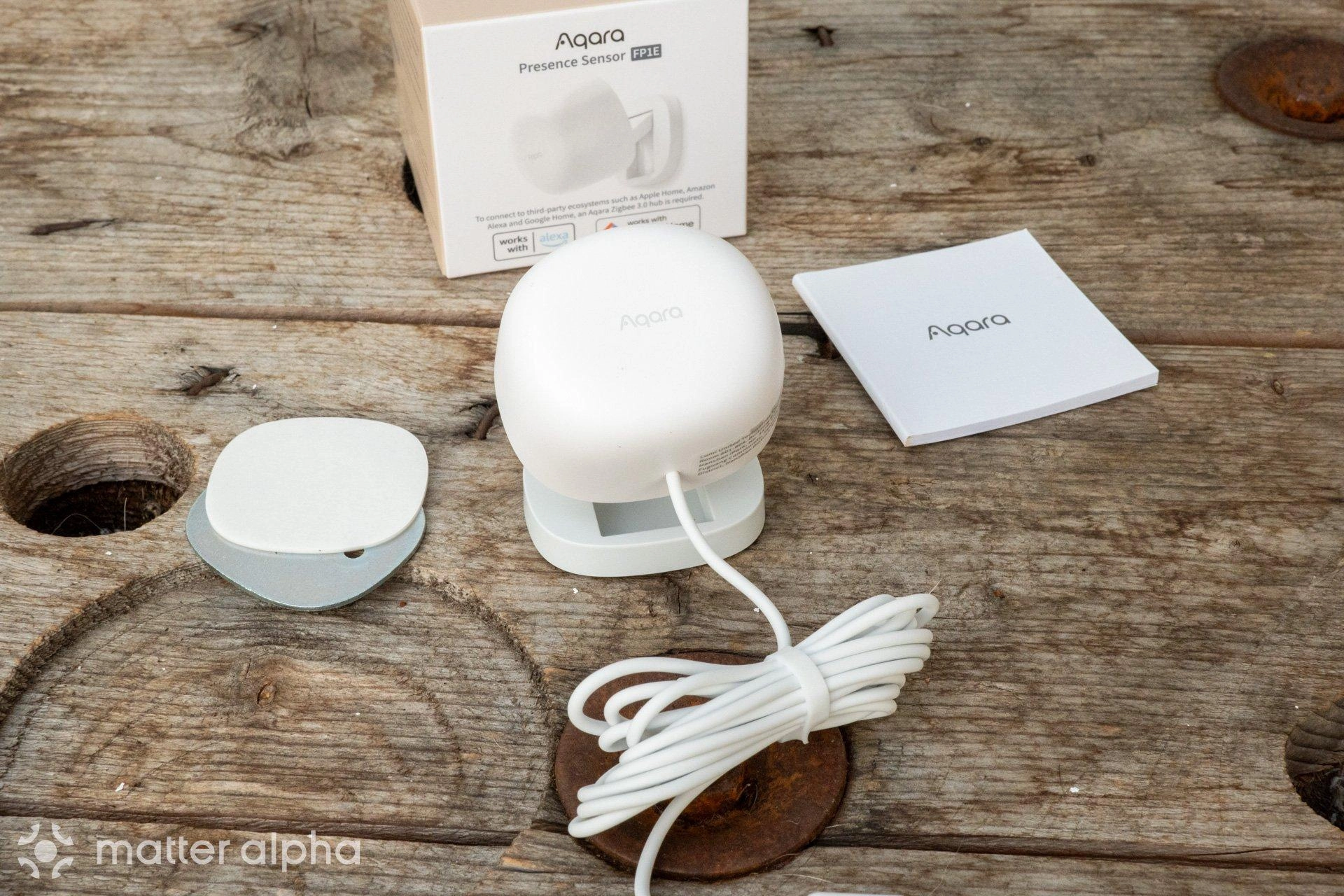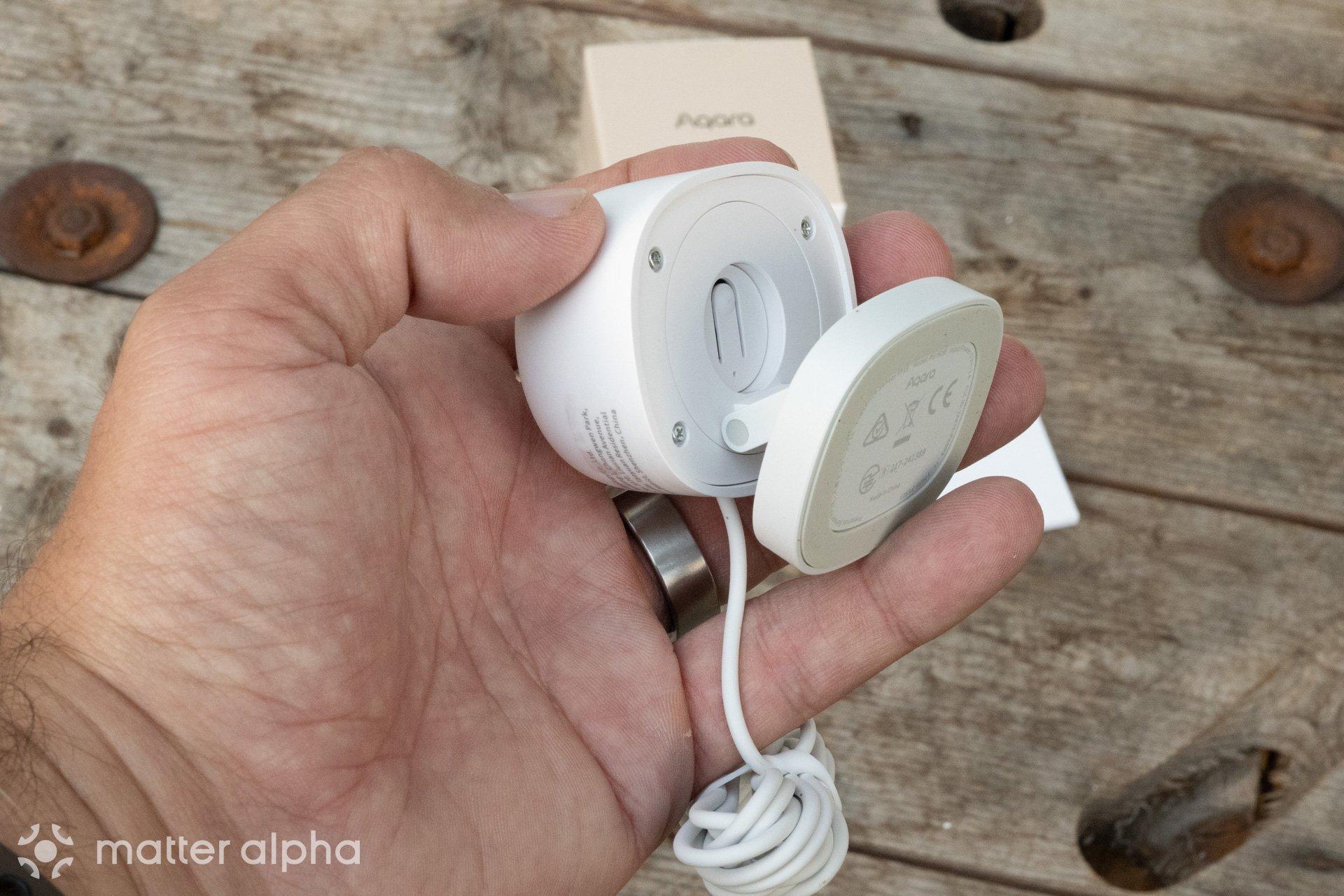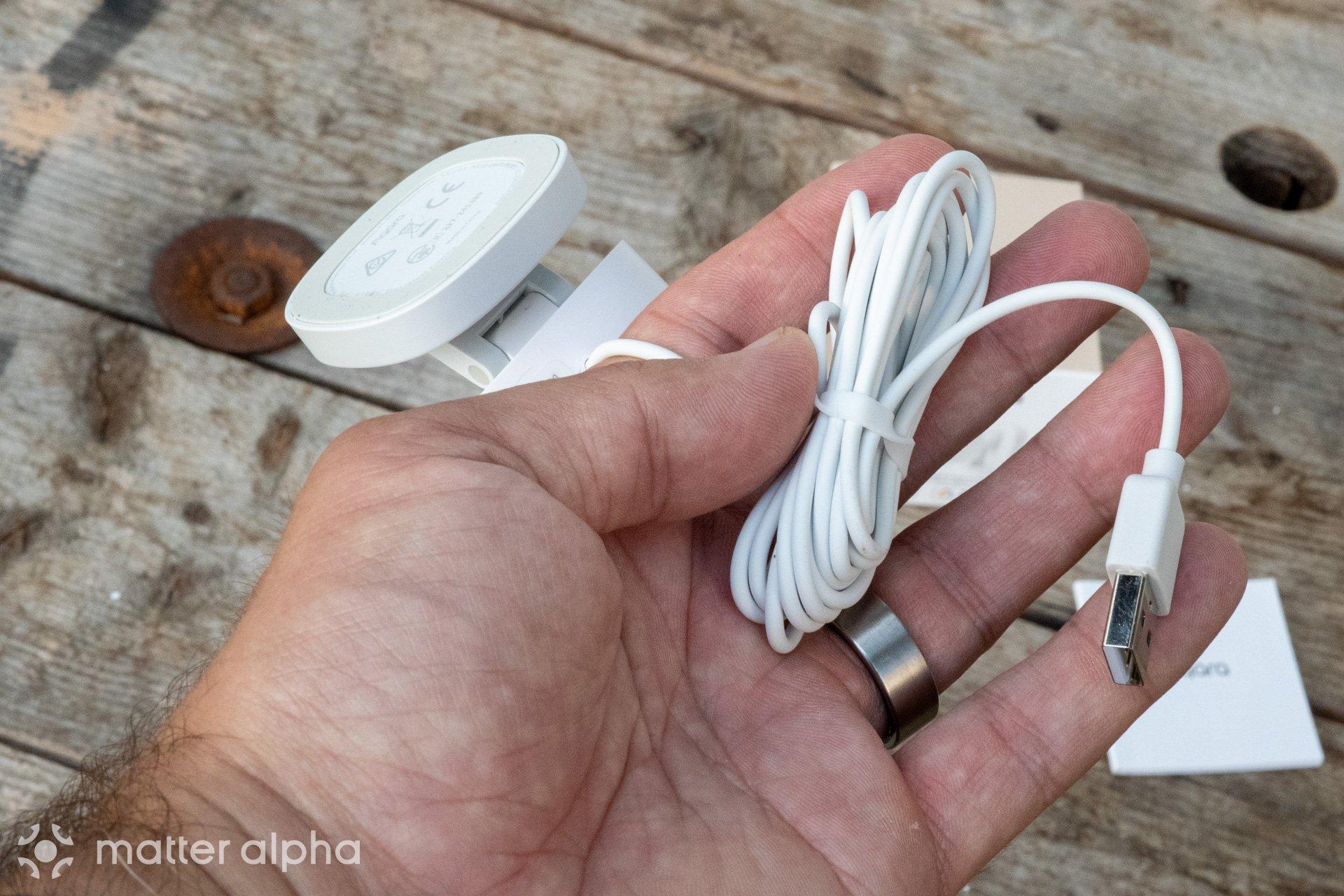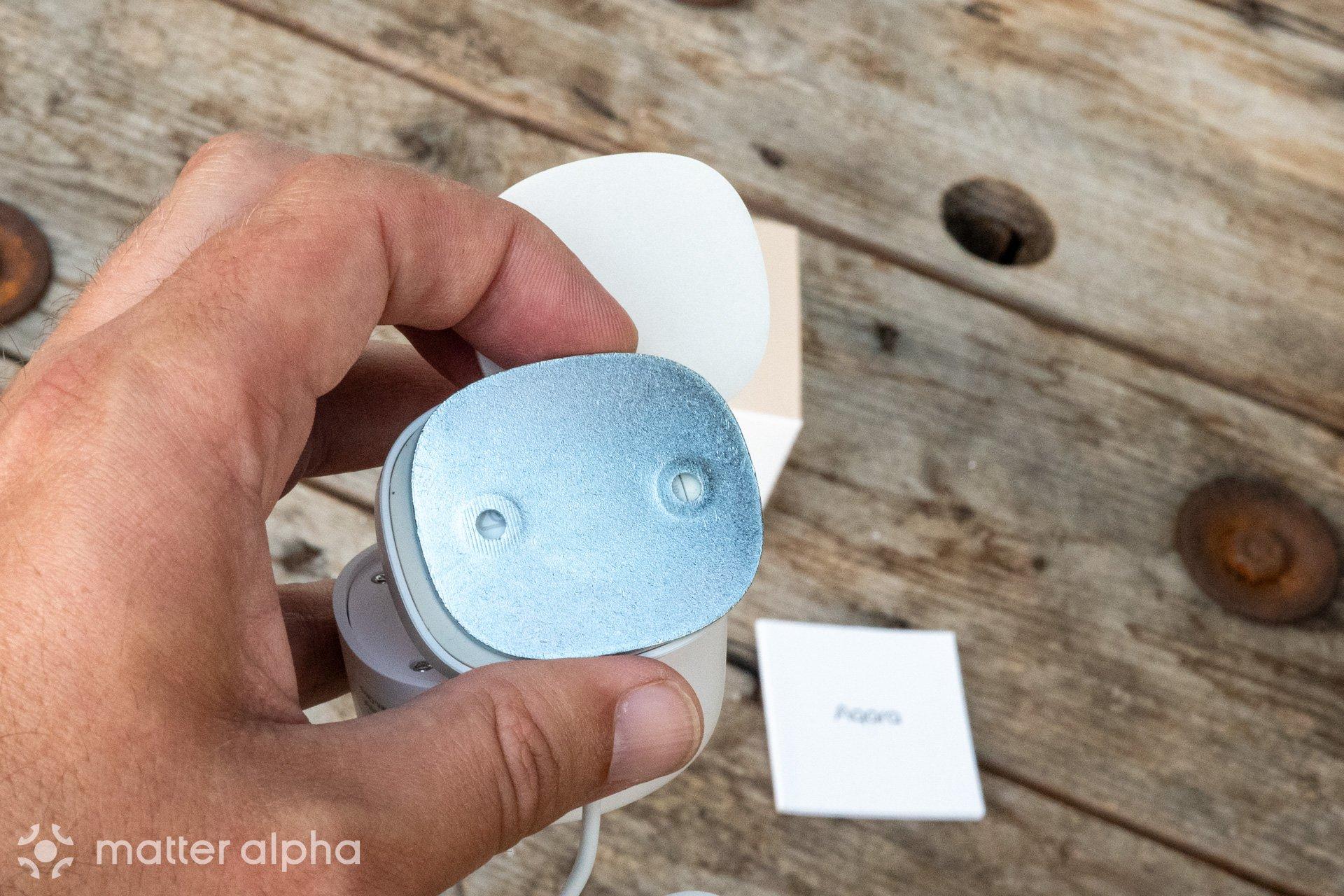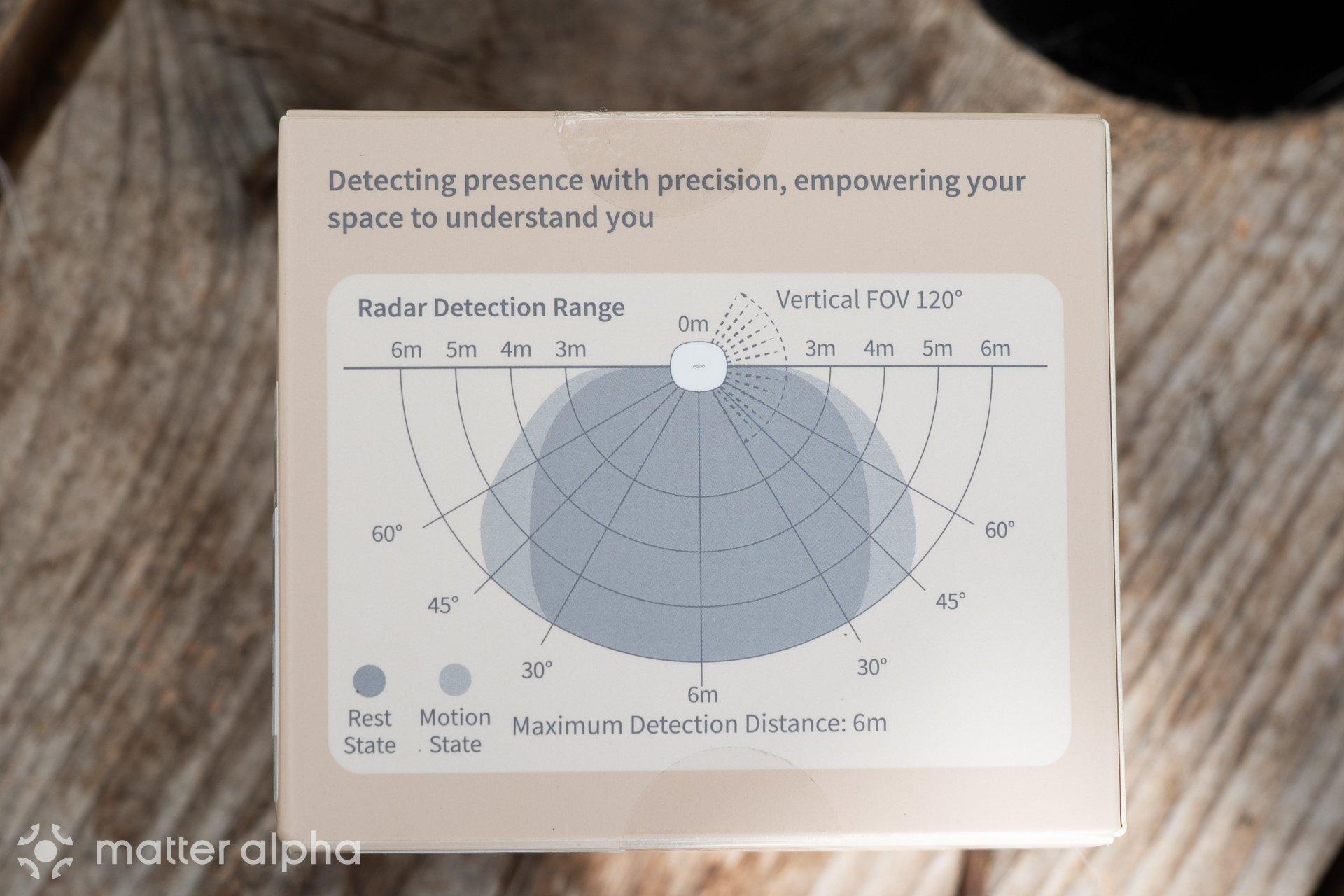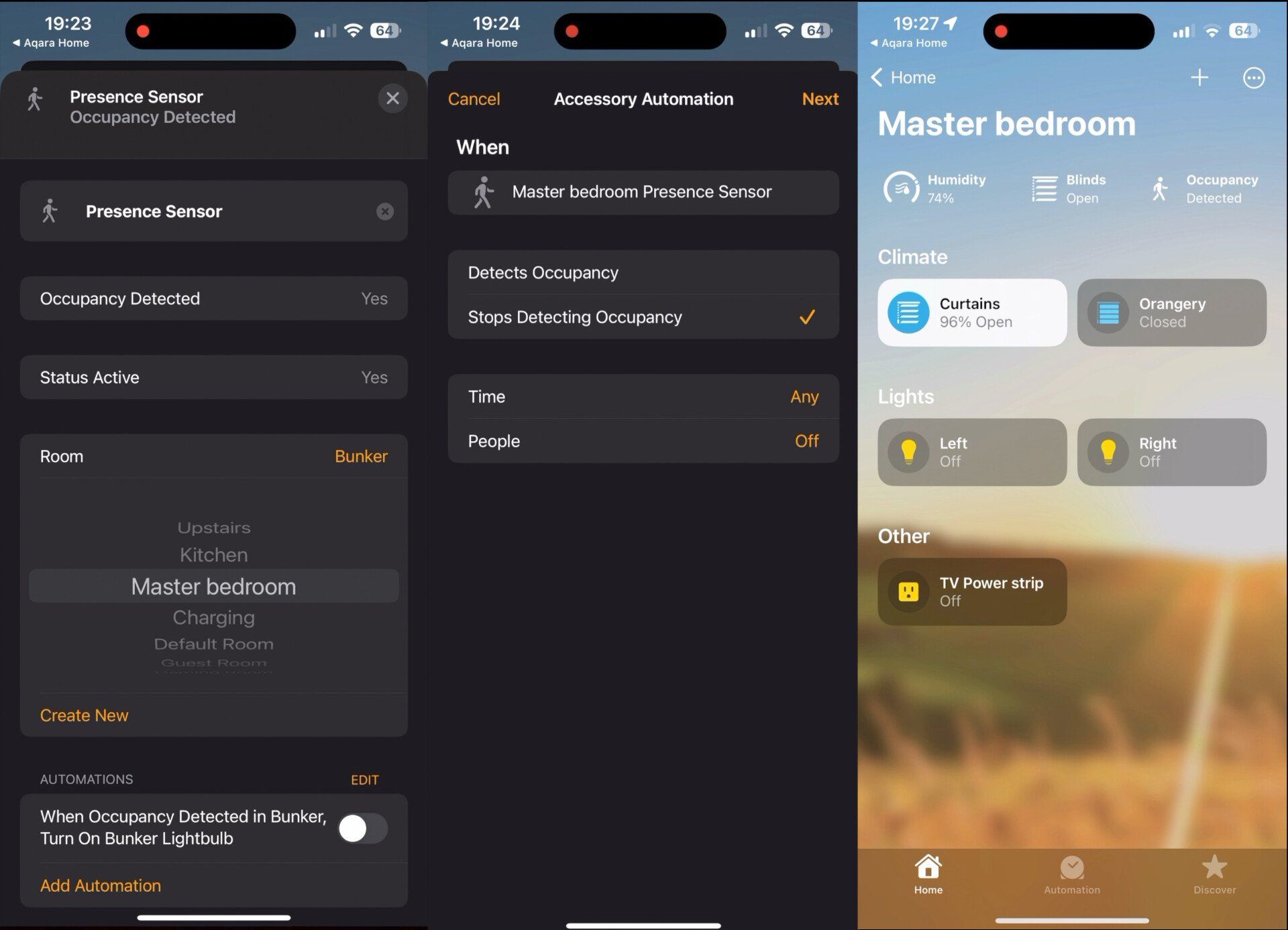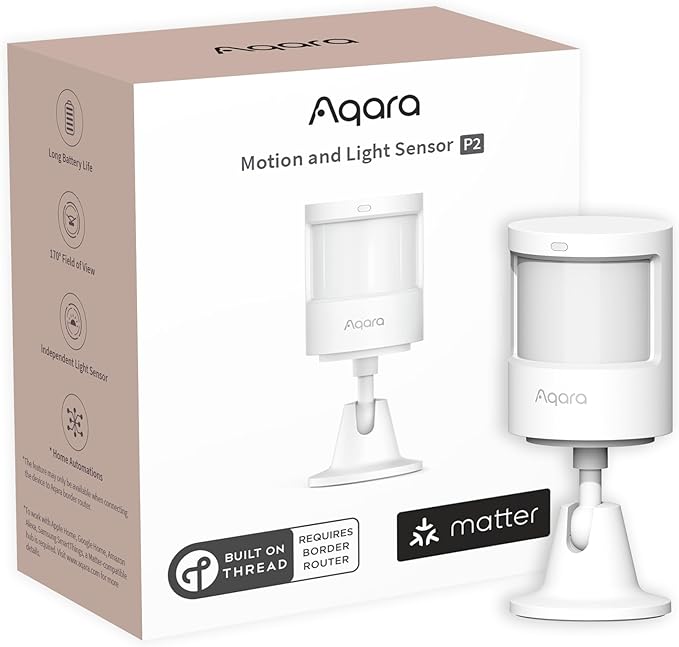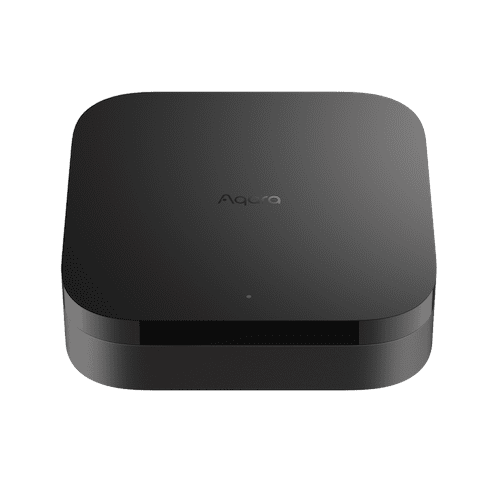The Aqara FP1E is a basic mmWave presence detector that detects when an area is occupied. It’s a simplified version of the FP2, which means it retails at a more affordable $50. You lose the ability to set zones for detection and the additional sensor array for light levels, but if you want a presence sensor that just detects presence, it could be precisely what you’re after.
What’s the difference between a presence sensor and a motion sensor?
Motion sensor technology is decades old, relying on infrared body heat. It’s an imprecise technology that can broadly detect when a person is in motion, but deactivates as soon as they stand still—and can often be fooled by just moving really slowly.
The problem with using a motion sensor for home automation is that sometimes you want to continue an action when someone is still in the room, but not necessarily moving. Ideally, you want to detect when they arrive, when they’re still there, and when they leave—not just when they move. A common workaround is to let a long enough timer that allows for someone to be motionless for some amount of time, then you have to wave your hands or move around to re-trigger the automation. But that’s a tedious hack.
The Aqara FP1E is a presence sensor that uses mmWave technology. mmWave is a type of short-wavelength electromagnetic signal that sits somewhere between microwaves and infrared. Don’t worry, though; the sensor won’t cook you. The FP1E emits a very low power mmWave signal and captures what’s reflected back, enabling it to detect the range, speed, and angle of moving objects. Technically, it still needs motion to be able to detect someone—but it's so precise that it can detect the tiny motions of just breathing, so it can effectively detect a human even when sitting still. Assuming the human hasn’t stopped breathing, of course.
Aqara FP2 vs FP1E
The FP1E is a cut-down version of the FP2, so it’s worth examining what features were left out.
The FP2 can connect directly over Wi-Fi to Apple HomeKit, Google Home, and others. The FP1E uses Zigbee, requiring a compatible hub (such as the Aqara Hub M3). However, the hub acts as a Matter bridge, so you’ll then be able to bring the FP1E into any Matter smart home system.
The FP2 offers multi-occupancy, multi-zone, and fall detection. The FP1E does not; it simply detects if there is a presence, not precisely where in the room it is, nor if multiple people are present. If you want a different automation to occur depending on which part of the room a person is in, you should get the FP2 instead.
The FP2 detects at a range of 8m, while the FP1E detects at 6m. Both have a 120-degree vertical angle of detection, though.
The FP2 also features a light sensor for additional automation possibilities (if someone is in the room and it's dark, turn on the lights); the FP1E does not.
What’s in the box?
Inside the FP1E box, you’ll find the sensor with a 2-meter hardwired USB power cable, a magnetic mounting plate, and the instruction manual (complete with Aqara pairing code).
There’s no power adaptor included though, so you’ll need to provide your own; and there’s no option to run this off batteries, unlike the basic P2 motion and light sensor.
Mounting the Aqara FP1E
The FP1E is a small and innocuous-looking white box measuring 57 × 50 × 37 mm (2.24 × 1.97× 1.46 inches). On the back is an extendable arm, allowing you to angle it up or down. To mount the FP1, affix the double-sided sticky tape to the metal mounting bracket, and stick that to your wall. Alternatively, it can be screwed in.
The FP1E clips on magnetically to the metal plate. Since it has a limited horizontal field of view, placing it high up in the corner of a room will get the best results. While presence sensors used to have an issue with reflective surfaces, the FP1E includes an “AI spatial learning”, which scans the room when no one is present, and should help to eliminate false detections. It also helps to distinguish between human movement, and that of robot vacuums or small pets.
To set up the FP1E, open up the Aqara Home app, and click Add Device. Scan the setup code on the device, or on the back of the manual.
You’ll also need to hold down the button on the back of the FP1E for a few seconds to put it in scanning mode. This worked first time, and since my Aqara Hub M3 is already set up as a Matter bridge to Apple Home, the device was automatically placed into the same room as my Hub. Moving it is easy enough, however, if you’d like it in a different room.
From there, you can automate and create actions based on presence in the room.
Matter compatibility
The Aqara FP1E is marketed as being Matter-compatible, but with one caveat: it’s actually a Zigbee 3.0 device, so you’ll need a Zigbee to Matter bridge to use it with Matter. The Aqara M3 Hub does this job perfectly, so that’s what I’ve been testing with. But to be clear, you can’t purchase just the FP1E and add it natively to your Matter home; you do need a Zigbee 3.0 bridge.
How reliable is it?
I set up the FP1E temporarily in a few different locations to test the reliability and turned on status notifications as well as some basic light automation. In every case, it detected my presence within a second of entering the roughly 90-degree field of view of the sensor. I should note that none of my rooms exceeded the 6-meter operating range, though; the largest was 6-meters from the corner to the door. Any automation set to occur on absence seemed to be less responsive; it would take about 30 seconds of leaving the room for the sensor to note my absence—that could be due to a built-in cooldown timer, though I couldn't find the option to adjust that in the Aqara app.
Should you buy the Aqara FP1E?
Before buying the Aqara FP1E Presence Sensor, think carefully about how you’ll be using it. If it’s to activate a light momentarily and automatically turn off after a minute or two, a simple infrared motion sensor will probably be sufficient (the Aqara Motion and Light Sensor P2 is a good choice), along with a timed automation. Infrared sensors are cheaper and can run on a battery for a long time, giving more flexibility with placement. A presence sensor is more expensive and needs constant USB power.
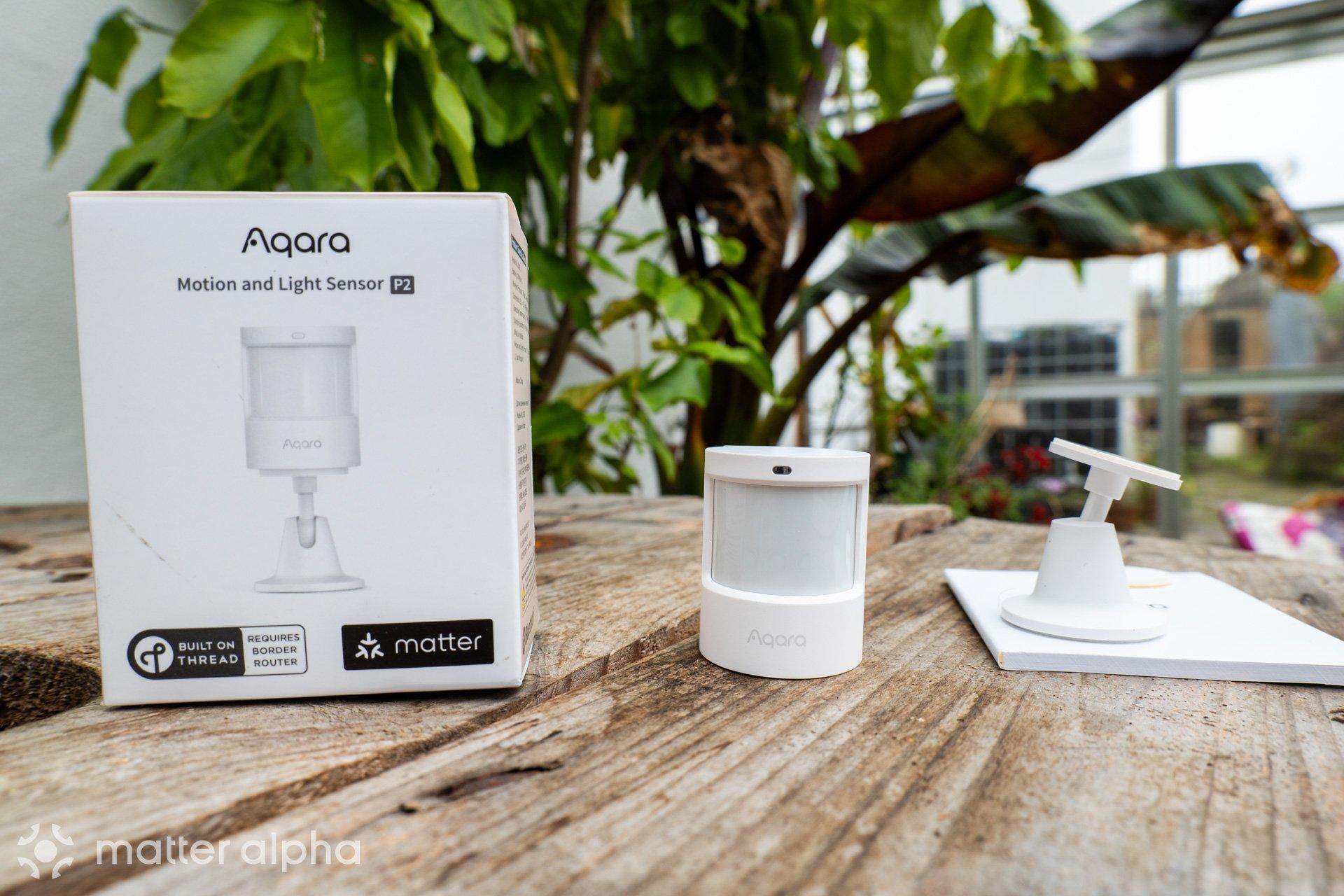
While the FP1E is great at what it does—it’s responsive, reliable, and gives accurate data of whether or not someone is present—it might be also be overkill for your needs. Only use a presence sensor if you need to continue detecting presence once your subject is motionless. But if you do need one, the FP1E is a great choice.
